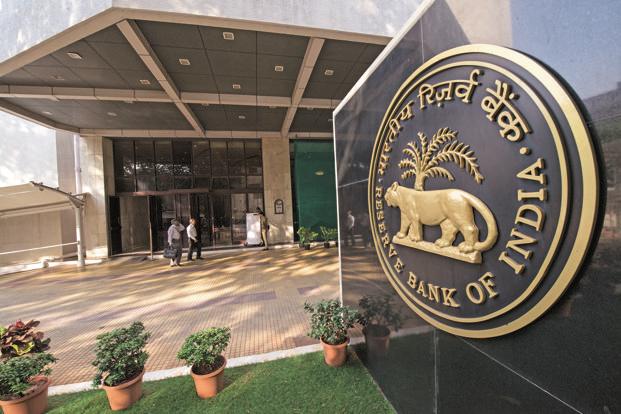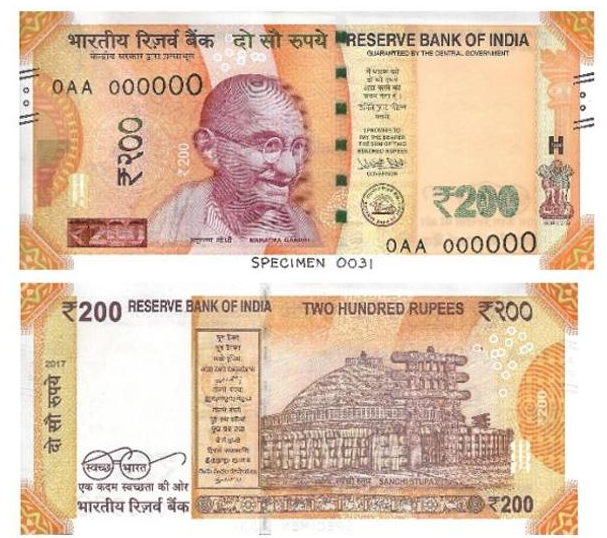
Revealed: The Story Behind New 200 Notes Of How Currency Denominations Are Determined
Post the demonetization, the efforts put by central government and RBI are just beyond words. With the very new patterned currency notes and new methods, until now, RBI has managed to fill the voids caused by the discrepancy in implementing the idea of demonetizing the old notes.
Everything regarding the new notes has become a trending topic post the demonetization, it was November 8th, 2016 that turned the economic phase of the country. After going through the multiple changeovers, the government’s roping in of the high denominations raised some serious concerns.

Despite this, in various occasions, RBI also released the new 200 notes. The Rs 200 note will be the first newly-introduced denomination since the introduction of Rs 2,000 notes in November last year. This is expected to ease the shortage of lower-denomination currency bills.
Why was it so important to have a 200-rupee note and how are currency denominations determined in the first place?
The Reserve Bank of India said that among all available demonetizations, these new bright yellow-colored 200-rupee notes are the missing link in the Renard Series, a series of preferred numbers first proposed by French army engineer Charles Renard.
In order to determine currency denominations, the central bank follows a variation of the Renard Series, called the 1-2-5 series, in which a ‘decade’ or a 1:10 ratio is covered in 3 steps. The first number would be 1, second would be 2 and third would be 5. When extended, it would read 1,2,5,10,20,50,100,200,500,1000,…etc.

The numbers in the 1-2-5 series are conveniently arranged to simplify transacting. Since India already had 1-rupee, 2-rupee, 5-rupee, 10-rupee, 20-rupee, 50-rupee, 100-rupee, and 500-rupee denominations, the 200-rupee note was added to complete the 100-200-500 part of the series.
There are even reports suggesting that the government is in the process of printing new 1000-rupee notes, which along with the Rs 2,000 note launched last year, will form two-thirds of the 1000-2000-5000 part of the series. In addition to this, in a recent bid, the RBI also mentioned that it has plans to manufacture the Rs 10 notes from the plastic material, contrary to its general cotton-paper based.
Watch The Video Here:
The RBI has launched the Rs 200 note with an aim to make it easier for the common man to transact in lower denomination currencies. These notes are available only through “select RBI offices and banks as is normal when a new denomination of notes is introduced and the supply increases gradually,” the RBI had said in a release.
Finance Minister Arun Jaitley had earlier put all the rumors regarding demonetization of Rs 2,000 notes to rest, saying that the government is not considering banning Rs 2,000 notes.